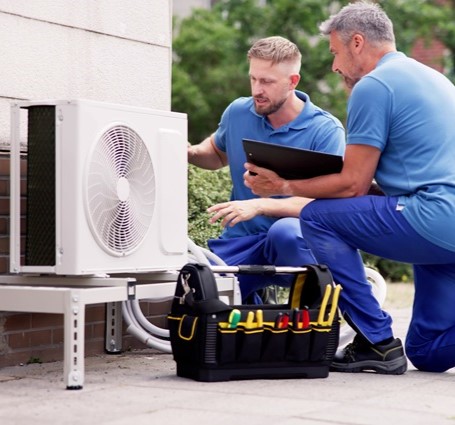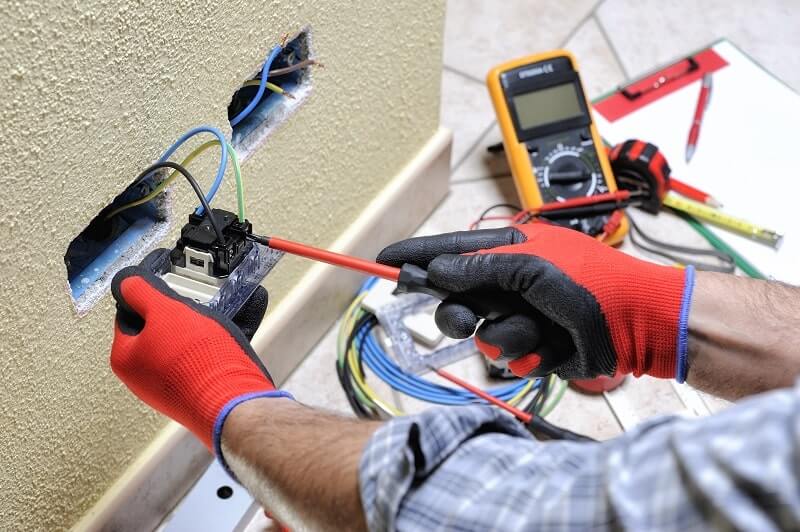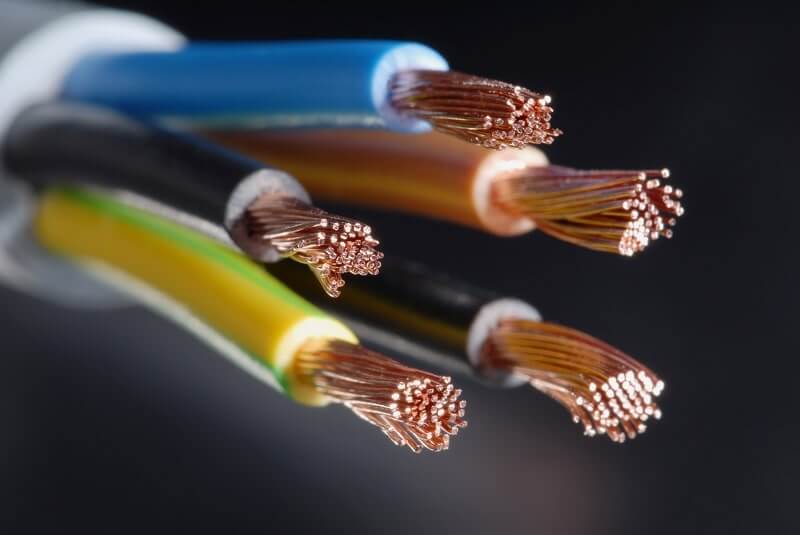
Reasons to Pursue A/C and Refrigeration Training
The air conditioning and refrigeration industry is responsible for keeping our homes, workplaces and public spaces comfortable and safe. As demand for skilled
When you open a service panel or look behind a light switch, you may see a tangle of cables or a neatly organized arrangement of home electrical wiring. Depending on your knowledge, your perspective changes! When you know a few basic things about residential electrical wiring, you can more confidently find problems and diagnose solutions.
Whether you’re an electrical student who is already attending residential electrical wiring classes or you’re thinking about enrolling because you have an interest in the trade, it’s always a good time to test your knowledge and learn something new! Explore the residential electrical questions below to find out how much you know about identifying and understanding the different types of electrical wiring.
Related: Residential Electrical FAQs
Electrical wire is a material that conducts electricity, and it is usually made of copper or aluminum. Most residential wires are wrapped in a nonconductive plastic coating. The plastic coating is sometimes called a jacket. A combination of two or more wires is called a cable. These are also wrapped inside a jacket to insulate the wires from touching other objects.

The jacket, or insulation on an electrical wire is stamped with a code. This special code tells you what type of electrical wiring it is, as well as characteristics about its performance. THHN and THWN are the most common types of electrical wire used in residential construction. These letters stand for:
Nonmetallic cables also have codes and lettering on them, indicating the number and size of wires inside the jacket, or plastic coating. Common labels on nonmetallic cables include:
Finally, the numbers on a nonmetallic cable tell you about the wiring size and number of wires inside the jacket. For example, a jacket with “12/2” contains two 12-gauge insulated wires.
In addition to lettering and numbering, electrical wiring and jackets come in different colors to indicate how to use them. Color coding is a valuable tool in the electrical trade because it makes wires easily identifiable and promotes safer jobsites.
Hot
Sometimes Hot
Neutral
Ground

Now that you’ve learned more about residential electrical wiring, take your curiosity further. Check out our Electrical and Advanced Electrical program page, and find out if electrical classes are a good fit for your goals. Have questions? Contact Apex to learn more.
*Apex Technical School and its instructors are licensed by the State of New York, New York State Education Department.
Disclaimer: Apex Technical School provides training for entry-level jobs. Not everything you may read about the industry is covered in our training programs.

The air conditioning and refrigeration industry is responsible for keeping our homes, workplaces and public spaces comfortable and safe. As demand for skilled

At Apex Technical School, every student embarks on a journey that is more than just acquiring a skill set—it’s about transforming their lives

In the world of refrigeration and air conditioning, few individuals embody the spirit of dedication and enthusiasm as vividly as Daniel Fernandez. With